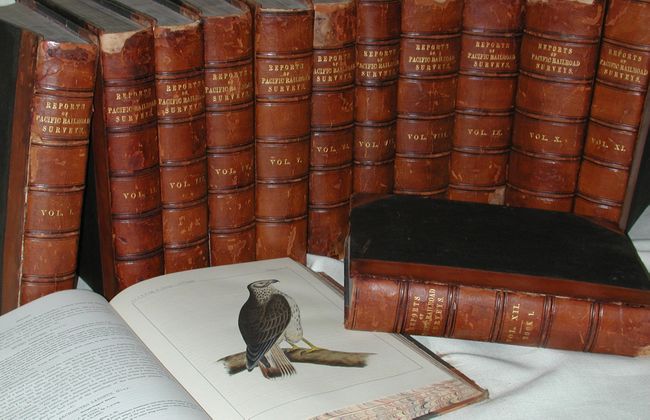Catalog Archive


Auction 113, Lot 862
"[Set of 12] Reports of Explorations and Surveys, to Ascertain the Most Practicable and Economical Route for a Railroad from the Mississippi River to the Pacific Ocean…1853-6", U.S. Railroad Surveys

Subject: Exploration and Surveys
Period: 1853-56 (published)
Publication: Senate Ex. Doc. No. 78, 33rd Cong., 2nd Session
Color:
Size:
9 x 11.2 inches
22.9 x 28.4 cm
Download High Resolution Image
(or just click on image to launch the Zoom viewer)
(or just click on image to launch the Zoom viewer)